Can Viral Infections Cause Fever? Understanding Bacterial vs. Viral Infections
Does a fever always indicate a bacterial infection? What are the symptoms, causes, diagnosis, and treatment for viral fevers? Get the facts to determine if your fever is from a bacterial or viral infection.
What are Viral Fevers?
A viral fever is any fever caused by an underlying viral illness. Most people have a normal body temperature of around 98.6°F (37°C). When body temperature rises just a degree or more above this, it is considered a fever. Fevers are often a sign that the body is fighting off a bacterial or viral infection.
Viral fevers can range in temperature from 99°F to over 103°F (39°C), depending on the specific virus causing the infection. Common symptoms of a viral fever include chills, sweating, dehydration, headache, muscle aches, weakness, and loss of appetite. These symptoms typically only last for a few days at most.
What Causes Viral Fevers?
Viral fevers are caused by infection with a virus. Viruses are small infectious agents that invade and multiply within the body’s cells. When the body detects a viral infection, it increases the body’s temperature as a defense mechanism. Many viruses are sensitive to changes in temperature, so a fever makes the body less hospitable for the virus.

Viruses can be contracted through various means, including inhalation (e.g. flu, common cold), ingestion (e.g. norovirus, enteroviruses), bites (e.g. dengue fever, rabies), and exchange of bodily fluids (e.g. hepatitis B, HIV).
Diagnosing Viral Fevers
To diagnose a viral fever, a doctor will typically start by ruling out a bacterial infection. They may do this by considering the patient’s symptoms and medical history, as well as taking samples to test for the presence of bacteria. For example, if the patient has a sore throat, the doctor may swab the throat to test for streptococcus bacteria that causes strep throat.
If no bacteria are detected, the doctor can then check for markers of a viral infection, such as the patient’s white blood cell count. They may also take samples of blood or other bodily fluids to analyze.
Treating Viral Fevers
Unlike bacterial infections, viral fevers do not respond to antibiotics. Instead, the focus of treatment is on providing relief from symptoms. Common treatment methods include taking over-the-counter fever reducers like acetaminophen or ibuprofen, resting, staying hydrated, and in some cases, taking antiviral medications like oseltamivir phosphate (Tamiflu).

In most cases, viral fevers resolve on their own within a few days. However, if the fever reaches 103°F (39°C) or higher, or the patient has concerning symptoms like severe headache, difficulty breathing, or confusion, it is important to seek medical attention.
Viral vs. Bacterial Infections
Both viral and bacterial infections can cause similar symptoms, including fever. So how can you tell if your fever is caused by a viral or bacterial infection?
The main difference is that bacterial infections respond to antibiotics, while viral infections do not. Additionally, bacterial infections often come with more severe symptoms like high fever, chills, and a faster heart rate, while viral infections tend to cause milder, more gradual symptoms.
When to See a Doctor
In most cases, viral fevers are not serious and will resolve on their own. However, it’s important to seek medical attention if the fever reaches 103°F (39°C) or higher, or if you experience concerning symptoms like severe headache, difficulty breathing, or confusion. Infants with a rectal temperature of 100.4°F (38°C) or higher should also be evaluated by a doctor.
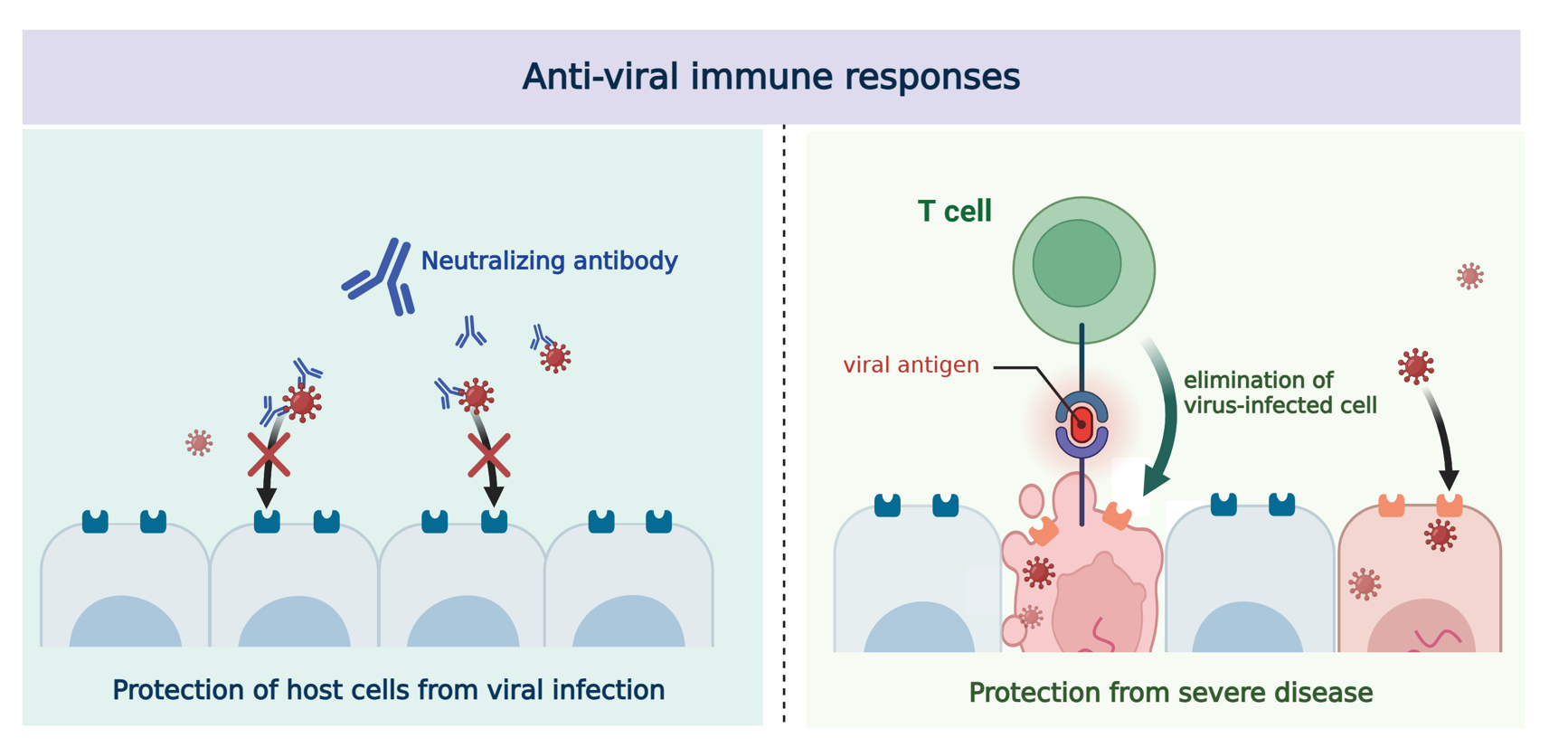
By understanding the differences between viral and bacterial infections, you can be better equipped to manage your fever and know when to seek professional medical care.
Key Takeaways
- Viral fevers are fevers caused by underlying viral infections, ranging from 99°F to over 103°F (39°C).
- Common viral fever symptoms include chills, sweating, dehydration, headache, muscle aches, weakness, and loss of appetite.
- Viruses can be contracted through inhalation, ingestion, bites, or exchange of bodily fluids.
- Diagnosing a viral fever involves ruling out a bacterial infection and checking for viral markers.
- Treatment focuses on relieving symptoms, not antibiotics, as viral infections do not respond to them.
- Seek medical attention for fevers over 103°F (39°C) or concerning symptoms like severe headache or confusion.
Symptoms, Causes, Diagnosis, Treatment, and Warning
We include products we think are useful for our readers. If you buy through links on this page, we may earn a small commission Here’s our process.
Healthline only shows you brands and products that we stand behind.
Our team thoroughly researches and evaluates the recommendations we make on our site. To establish that the product manufacturers addressed safety and efficacy standards, we:
- Evaluate ingredients and composition: Do they have the potential to cause harm?
- Fact-check all health claims: Do they align with the current body of scientific evidence?
- Assess the brand: Does it operate with integrity and adhere to industry best practices?
We do the research so you can find trusted products for your health and wellness.
Read more about our vetting process.
Was this helpful?
Most people have a body temperature of about 98.6°F (37°C). Anything a degree above this is considered a fever. Fevers are often a sign that your body is fighting off some type of bacterial or viral infection. A viral fever is any fever that’s caused by an underlying viral illness.
Anything a degree above this is considered a fever. Fevers are often a sign that your body is fighting off some type of bacterial or viral infection. A viral fever is any fever that’s caused by an underlying viral illness.
A variety of viral infections can affect humans, from the common cold to the flu. A low-grade fever is a symptom of many viral infections. But some viral infections, such as dengue fever, can cause a higher fever.
Read on to learn more about viral fevers, including common symptoms and treatment options.
Viral fevers can range in temperature from 99°F to over 103°F (39°C), depending on the underlying virus.
If you have a viral fever, you might have some of these general symptoms:
- chills
- sweating
- dehydration
- headache
- muscle aches and pains
- a feeling of weakness
- loss of appetite
These symptoms usually only last for a few days at most.
A viral fever is caused by infection with a virus.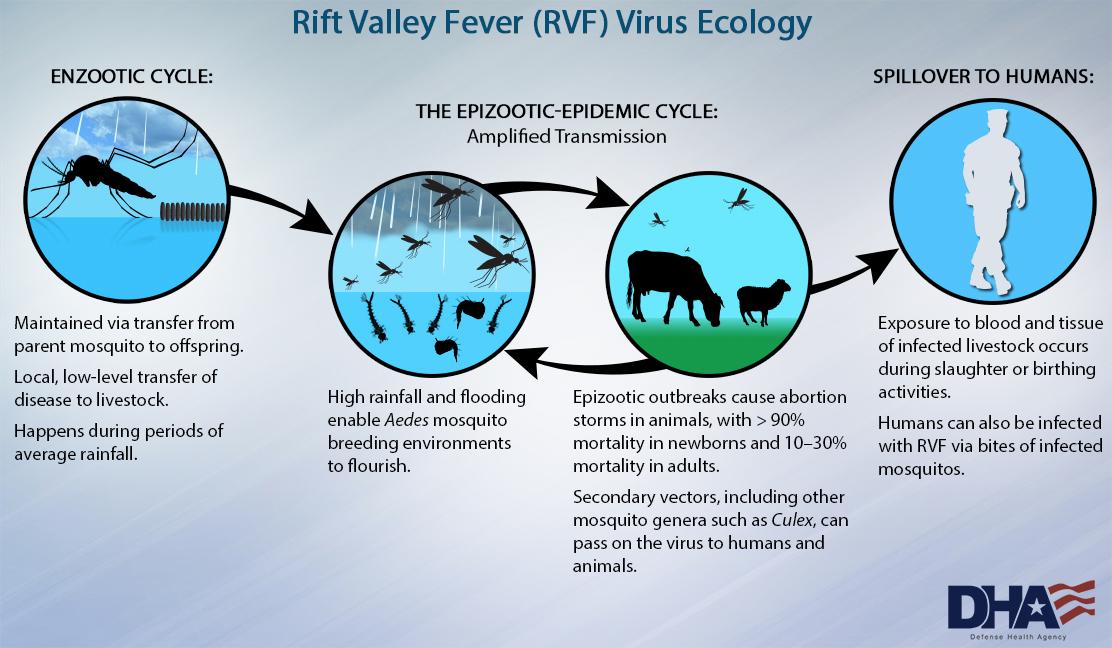 Viruses are very small infectious agents. They infect and multiply within the cells of your body. A fever is your body’s way of fighting off a virus. Many viruses are sensitive to shifts in temperature, so a sudden increase in your body temperature makes you less hospitable to viruses.
Viruses are very small infectious agents. They infect and multiply within the cells of your body. A fever is your body’s way of fighting off a virus. Many viruses are sensitive to shifts in temperature, so a sudden increase in your body temperature makes you less hospitable to viruses.
There are many ways that you can become infected with a virus, including:
- Inhalation. If someone with a viral infection sneezes or coughs near you, you can breathe in droplets containing the virus. Examples of viral infections from inhalation include the flu or common cold.
- Ingestion. Food and drinks can be contaminated with viruses. If you eat them, you can develop an infection. Examples of viral infections from ingestion include norovirus and enteroviruses.
- Bites. Insects and other animals can carry viruses. If they bite you, you can develop an infection. Examples of viral infections that result from bites include dengue fever and rabies.

- Bodily fluids. Exchanging bodily fluids with someone who has a viral infection can transfer the illness. Examples of this type of viral infection include hepatitis B and HIV.
Both viral and bacterial infections often cause similar symptoms. To diagnose a viral fever, a doctor will likely start by ruling out a bacterial infection. They can do this by considering your symptoms and medical history, as well as taking any samples to test for bacteria.
If you have a sore throat, for example, they might swab your throat to test for bacteria that causes strep throat. If the sample comes back negative, you likely have a viral infection.
They can also take a sample of blood or other bodily fluid to check for certain markers that might indicate a viral infection, such as your white blood cell count.
In most cases, viral fevers don’t require any specific treatment. Unlike bacterial infections, they don’t respond to antibiotics.
Instead, treatment usually focuses on providing relief from your symptoms. Common treatment methods include:
Common treatment methods include:
- taking over-the-counter fever reducers, such as acetaminophen or ibuprofen, to reduce a fever and its symptoms
- resting as much as possible
- drinking plenty of fluids to stay hydrated and replenish fluids lost while sweating
- taking antiviral medications, such as oseltamivir phosphate (Tamiflu), when applicable
- sitting in a lukewarm bath to bring your body temperature down
Shop for Tamiflu now.
In many cases, a viral fever isn’t anything to worry about. But if you have a fever that reaches 103°F (39°C) or higher, it’s best to call a doctor. You should also call a doctor if you have a baby with a rectal temperature of 100.4°F (38°C) or higher. Learn more about managing fevers in babies.
If you have a fever, keep an eye out for the following symptoms, which all indicate a need for medical treatment:
- severe headache
- difficulty breathing
- chest pain
- abdominal pains
- frequent vomiting
- a rash, especially if it quickly gets worse
- a stiff neck, especially if you feel pain when bending it forward
- confusion
- convulsions or seizures
A viral fever refers to any fever that results from a viral infection, such as the flu or dengue fever. While most viral fevers resolve on their own within a day or two, some are more severe and require medical treatment. If your temperature starts reading 103°F (39°C) or higher, it’s time to call a doctor. Otherwise, try to get as much rest as possible and stay hydrated.
While most viral fevers resolve on their own within a day or two, some are more severe and require medical treatment. If your temperature starts reading 103°F (39°C) or higher, it’s time to call a doctor. Otherwise, try to get as much rest as possible and stay hydrated.
Read this article in Spanish.
Viral Fever Home Remedies for Treating Children and Adults
We include products we think are useful for our readers. If you buy through links on this page, we may earn a small commission Here’s our process.
Healthline only shows you brands and products that we stand behind.
Our team thoroughly researches and evaluates the recommendations we make on our site. To establish that the product manufacturers addressed safety and efficacy standards, we:
- Evaluate ingredients and composition: Do they have the potential to cause harm?
- Fact-check all health claims: Do they align with the current body of scientific evidence?
- Assess the brand: Does it operate with integrity and adhere to industry best practices?
We do the research so you can find trusted products for your health and wellness.
Read more about our vetting process.
Was this helpful?
Unlike bacteria, viruses don’t respond to antibiotics. In most cases, viral illnesses simply have to run their course. Staying hydrated or using over-the-counter fever-reducing medications can help until it resolves.
A viral fever is any fever that happens as a result of a viral infection. Viruses are tiny germs that spread easily from person to person.
When you contract a viral condition, such as a cold or flu, your immune system responds by going into overdrive. Part of this response often involves raising your body’s temperature to make it less hospitable to the virus and other germs.
Most people’s usual body temperature is around 98.6°F (37°C). Anything 1 degree or more above this is considered a fever. A fever can last anywhere from a couple of days to a week or longer, depending on the type of infection causing it.
While the virus runs its course, there are several things you can do to help manage your symptoms. Read on to learn more.
Read on to learn more.
Fevers usually aren’t something to worry about. But when they’re high enough, they can pose some health risks.
For children
A high fever can be more dangerous for a young child than an adult. Here’s when to call your child’s doctor:
- Children ages 0 to 3 months: Rectal temperature is 100.4°F (38°C) or higher.
- Children ages 3 to 6 months: Rectal temperature is above 102°F (39°C) and they’re irritable or sleepy.
- Children ages 6 to 24 months: Rectal temperature is above 102°F (39°C) that lasts for more than a day. If they have other symptoms, such as a rash, cough, or diarrhea, you may want to call sooner.
For children 2 and older, call their doctor if they have a fever that repeatedly rises above 104°F (40°C). Also seek medical advice if your child has a fever and:
- They seem unusually lethargic and irritable or have other severe symptoms.
- The fever lasts longer than three days.

- The fever doesn’t respond to medication.
- They don’t maintain eye contact with you.
- They can’t keep fluids down.
For adults
Fevers can also be risky for adults in some cases. See your doctor for a fever that’s 103°F (39°C) or higher that isn’t responding to medication or lasts longer than three days. Also seek treatment if a fever is accompanied by:
- severe headache
- rash
- sensitivity to bright light
- stiff neck
- frequent vomiting
- trouble breathing
- chest or abdominal pain
- convulsions or seizures
A viral fever makes your body much warmer than usual. This causes your body to sweat in an effort to cool down. But this leads to fluid loss, which can cause dehydration.
Try to drink as much as you can when you have a viral fever to replenish lost fluids. It doesn’t have to be just water, either. Any of the following can provide hydration:
- juice
- sports drinks
- broths
- soups
- decaffeinated tea
Babies and toddlers may benefit from a specially formulated drink with electrolytes, such as Pedialyte. You can purchase these drinks at a local grocery store or online. You can also make your own electrolyte drink at home.
You can purchase these drinks at a local grocery store or online. You can also make your own electrolyte drink at home.
A viral fever is a sign that your body is working hard to fight off an infection. Cut yourself some slack by resting as much as possible. Even if you can’t spend the day in bed, try to avoid as much physical activity as possible. Aim for eight to nine hours or more of sleep per night. During the day, take it easy.
It’s also best to put your exercise routine on a temporary hold. Exerting yourself can further raise your temperature.
Over-the-counter (OTC) fever reducers are the easiest way to manage a fever. In addition to temporarily reducing your fever, they’ll help you feel a little less uncomfortable and more like yourself.
Just make sure you keep getting plenty of rest, even if you feel better for a few hours after taking an OTC drug.
Common OTC fever reducers include:
- acetaminophen (Tylenol, Children’s Tylenol)
- ibuprofen (Advil, Children’s Advil, Motrin)
- aspirin
- naproxen (Aleve)
Before you turn to OTC fever reducers, keep this safety information in mind:
- Never give aspirin to children.
 It can greatly increase the risk of Reye’s syndrome, a rare but very serious condition.
It can greatly increase the risk of Reye’s syndrome, a rare but very serious condition. - Don’t take more than what’s recommended by the manufacturer. Doing so can lead to stomach bleeding, liver damage, or kidney problems.
- Jot down the time when you take an OTC medication so you can make sure you don’t take too much in a 24-hour period.
People sometimes try herbal remedies to treat a fever. Keep in mind that these supplements have been shown to improve fever in animals. There’s no reliable evidence that they work in humans. Their safety in children is often unclear or unknown, too. It’s best to avoid these remedies in children.
It’s also important to note that the Food and Drug Administration doesn’t monitor the quality of supplements like they do for drugs. Talk to your doctor before trying any supplements. Follow the manufacturer’s instructions.
Moringa
Moringa is a tropical plant that has a variety of nutritional and medicinal benefits. Almost all parts of the plant contain vitamins, minerals, antioxidants, and antibacterial agents. A 2014 study found that moringa bark reduced fevers in rabbits.
Almost all parts of the plant contain vitamins, minerals, antioxidants, and antibacterial agents. A 2014 study found that moringa bark reduced fevers in rabbits.
More research is needed to determine how this plant can reduce fevers in humans. Some research suggests it may be gentler on the liver than over-the-counter medication such as acetaminophen.
Don’t use moringa if you:
- are pregnant
- take medications that are substrates of cytochrome P450, such as lovastatin (Altoprev), fexofenadine (Allegra), or ketoconazole (Nizoral)
In one case report, consumption of moringa leaves lead to a rare disease of the skin and mucous membranes called Stevens-Johnson syndrome (SJS). This suggests people at risk of developing SJS should avoid using moringa. However, this was the first reported case and the reaction should be considered extremely rare.
Kudzu root
Kudzu root is an herb used in traditional Chinese medicine. It has anti-inflammatory properties and may help reduce pain. A 2012 study also suggests that it reduced fevers in rats, but human studies are needed to evaluate this properly.
A 2012 study also suggests that it reduced fevers in rats, but human studies are needed to evaluate this properly.
Avoid using kudzu root if you:
- take tamoxifen
- have hormonal-sensitive cancer, such as ER-positive breast cancer
- take methotrexate (Rasuvo)
If you take diabetes medications, talk to your doctor before trying kudzu root. It may lead to low blood sugar, requiring a change in medication.
You can find kudzu root in the form a powder, capsule, or liquid extract online.
You can help cool down your body by surrounding it with cooler temperatures. Make sure you don’t overdo it. If you start to shiver, stop immediately. Shivering can cause your fever to rise.
Things you can do to safely cool off include the following:
- Sit in a bath of lukewarm water, which will feel cool when you have a fever. (Cold water will actually cause your body to warm up instead of cool down.)
- Give yourself a sponge bath with lukewarm water.

- Wear light pajamas or clothing.
- Try to avoid using too many extra blankets when you have chills.
- Drink plenty of cool or room-temperature water.
- Eat popsicles.
- Use a fan to keep air circulating.
A viral fever is usually nothing to worry about. In both children and adults, most viruses resolve on their own and are part of the healing process. But if you notice unusual symptoms, or a fever doesn’t go away after a day or so, it’s best to call your doctor.
Read this article in Spanish.
Viral infection: symptoms, treatment, prevention
Content
- 1 What is a viral infection and how to deal with it?
- 1.1 Information for the prevention of infection
- 1.2 Origin of viral infection
- 1.2.1 Viruses as infectious agents
- 1.2.2 Mechanism of infection and reproduction
- 1.2.3 Protection against viral infection
- 1.3 Main symptoms of viral infection
- 1.
 4 How a viral infection is diagnosed
4 How a viral infection is diagnosed- 1.4.1 Clinical blood test
- 1.4.2 Immunoserological diagnostic methods
- 1.4.3 Symptoms and examination
- 1.5 First aid for viral infection
- 1.6.1 1. Prevention of viral infection
- 1.6.2 2. Treatment of viral infection
- 1.6.3 3. Influenza: specific treatment
90 005 1.6 Treatment of viral infection: basic methods
- 1.7 Antibiotics for viral infection: necessity and contraindications
- 1.8 What methods are used by conventional medicine for viral infections?
- 1.9 Complications that can be caused by a viral infection
- 1.10 Tips for preventing a viral infection
- 1.11 Types of viral infections and their characteristics
- 1.11.1 Influenza:
- 1.11.2 Hepatitis um:
- 1.11.3 HIV:
- 1.11.4 Coronavirus:
- 1.11.5 Herpes:
- 1.11.6 Ebola:
- 1.12 Where to treat a viral infection?
- 1.
 13 Related videos:
13 Related videos: - 1.14 Q&A:
- 1.14.0.1 What is a viral infection?
- 1.14.0.2 How is a viral infection transmitted?
- 1.14.0.3 How does a viral infection manifest itself?
- 1.14.0.4 What are the treatments for a viral infection?
- 1.14.0.5 How can I prevent getting a viral infection?
- 1.14.0.6 How quickly does a viral infection clear up?
A viral infection is a disease caused by viruses that can enter the body through contact with infected objects or through droplets transmitted from a sick person through the air. In the article we will tell you how a viral infection occurs, what symptoms occur and how it can be treated.
There are many viruses in the world that can cause infection. Viruses can infect our body and cause various diseases, from the common cold to more serious illnesses such as hepatitis, influenza, AIDS, and others.
Viral infection is a danger to our health and life. Therefore, it is necessary to know how to protect yourself from this dangerous disease. To do this, it is necessary to observe precautions such as hygiene procedures and proper behavior in public places.
Therefore, it is necessary to know how to protect yourself from this dangerous disease. To do this, it is necessary to observe precautions such as hygiene procedures and proper behavior in public places.
In addition, it is necessary to know the first signs of a viral infection in order to start treatment quickly. After all, the earlier the disease is detected, the more effective its treatment will be.
Infection prevention information
Viral infection is a serious problem for our health. For prevention, you need to know how to protect yourself from this dangerous disease. Every day we come into contact with many people, and each of them can be a carrier of a viral infection.
You also need to watch your diet, strengthen your immune system, visit a doctor for preventive examinations and vaccinations. Knowledge of information about infection and its prevention will help in maintaining health and life.
Origin of viral infection
Viruses as infectious agents
Viruses are microscopic parasites that cannot exist outside the cells of other organisms. They can infect bacteria, plants and animals, including humans. Viruses infect cells, multiply in them, disrupt their functions and can cause various diseases.
They can infect bacteria, plants and animals, including humans. Viruses infect cells, multiply in them, disrupt their functions and can cause various diseases.
Viruses can be transmitted from a sick person to a healthy person through airborne droplets, contact with blood, saliva, semen or other body fluids. They can also be passed from mother to child during pregnancy or through breast milk.
The mechanism of infection and reproduction
The virus enters the human body and begins to look for a suitable cell to penetrate into it. As soon as the virus finds its target, it penetrates inside it and begins to multiply. In most cases, the virus takes from the cell everything necessary for its own reproduction, which leads to disruption of the normal functioning of the cell and causes various symptoms of the disease.
The mechanism of virus reproduction may be different depending on the type of virus. For example, RNA viruses use enzymes from their host cells to synthesize proteins needed to assemble viral particles.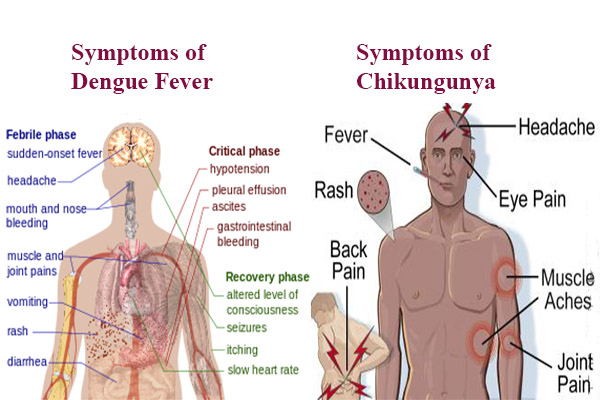 DNA viruses can turn their genetic information into RNA and use it to create proteins. Some viruses can also integrate into the genome of their host cell, making them more resistant and harder to reach by the immune system.
DNA viruses can turn their genetic information into RNA and use it to create proteins. Some viruses can also integrate into the genome of their host cell, making them more resistant and harder to reach by the immune system.
Protecting against a viral infection
One of the main measures to protect against a viral infection is hygiene rules – thorough hand washing, personal hygiene, use of masks and other protective equipment. It is also important to keep your immune system in good shape – eat right, lead a healthy lifestyle, get regular medical examinations and vaccinations. In case of illness, it is necessary to consult a doctor and adhere to his appointments in order to avoid complications and help your body cope with the infection.
The main symptoms of a viral infection
A viral infection is a disease caused by viruses that enter the body and begin to multiply. This is an extremely common disease that every person faces during his life. The main symptoms of a viral infection can vary depending on the type of virus.
Fever
One of the most common symptoms is fever, also known as fever. It can be moderate or high and last for several days. Fever is caused by a violation of normal body temperature, which helps to speed up the metabolism and improve the body’s immune system.
Headache and weakness
Feeling of headache and weakness may be another common symptom that accompanies a viral infection. These symptoms may be caused by a general malaise in the body that contributes to cell damage.
- Trouble breathing
- Cough or stuffy nose
- Sore throat
- Chills and sweating
- Rash
In addition to these, breathing problems may also occur m, cough or nasal congestion, sore throat, chills and sweating . In some people, a viral infection can cause a rash that can appear on any part of the body.
In general, the symptoms of a viral infection can be very unpleasant, but they usually resolve without sequelae within a few days.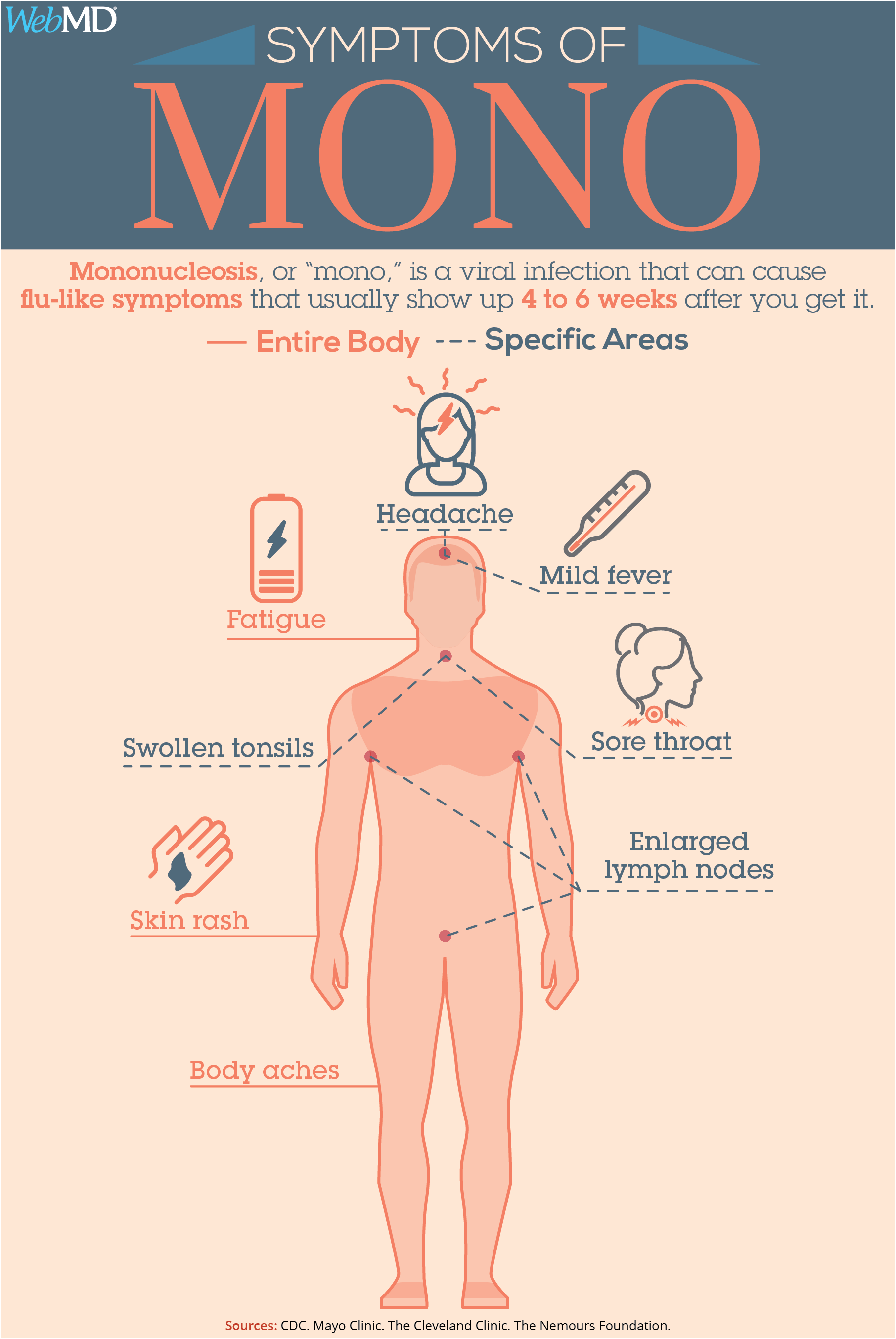 However, if you experience a serious deterioration in health, you should consult a doctor.
However, if you experience a serious deterioration in health, you should consult a doctor.
How a viral infection is diagnosed
CBC
CBC is the first step in diagnosing a viral infection. This analysis allows you to detect changes in the number of white blood cells, as well as detect the presence of viruses in the blood. If the number of leukocytes is increased, this may indicate an active fight against the infection.
Immunoserological diagnostic methods
Immunoserological diagnostic methods include: RFP, PCR, ELISA, ELISA and other analyses. Such methods of diagnostics give the possibility of detecting antibodies to an infectious virus in the patient’s blood. It is necessary to take into account that the negative results of such analyzes do not mean the presence of infection in the body, therefore, after them, it is necessary to take blood tests for a few times at different term intervals.
Symptoms and examination
A doctor can identify a viral infection based on symptoms that are characteristic of different infections. For example, rotavirus infection is manifested by severe diarrhea and vomiting, and influenza – fever, cough, general weakness and sore throat. Also, additional research methods are carried out, such as histological analysis of tissues, bacteriological method, etc.
For example, rotavirus infection is manifested by severe diarrhea and vomiting, and influenza – fever, cough, general weakness and sore throat. Also, additional research methods are carried out, such as histological analysis of tissues, bacteriological method, etc.
- Information about contacts. The doctor asks about the patient’s contacts with sick people. If there is contact with patients, this can confirm the diagnosis.
- Other tests. If a specific virus is suspected, the doctor may do additional tests, such as for herpes virus or Eppstein-Barr virus.
Viral Infection First Aid
Viral infections can be hazardous to health, but proper first aid can help reduce the risk of complications and speed up recovery. If a viral infection is suspected, a doctor should be consulted.
Keep calm and limit contact . At the first symptoms of a viral infection, it is necessary to limit contact with other people so as not to infect them, and to keep calm for a quick recovery.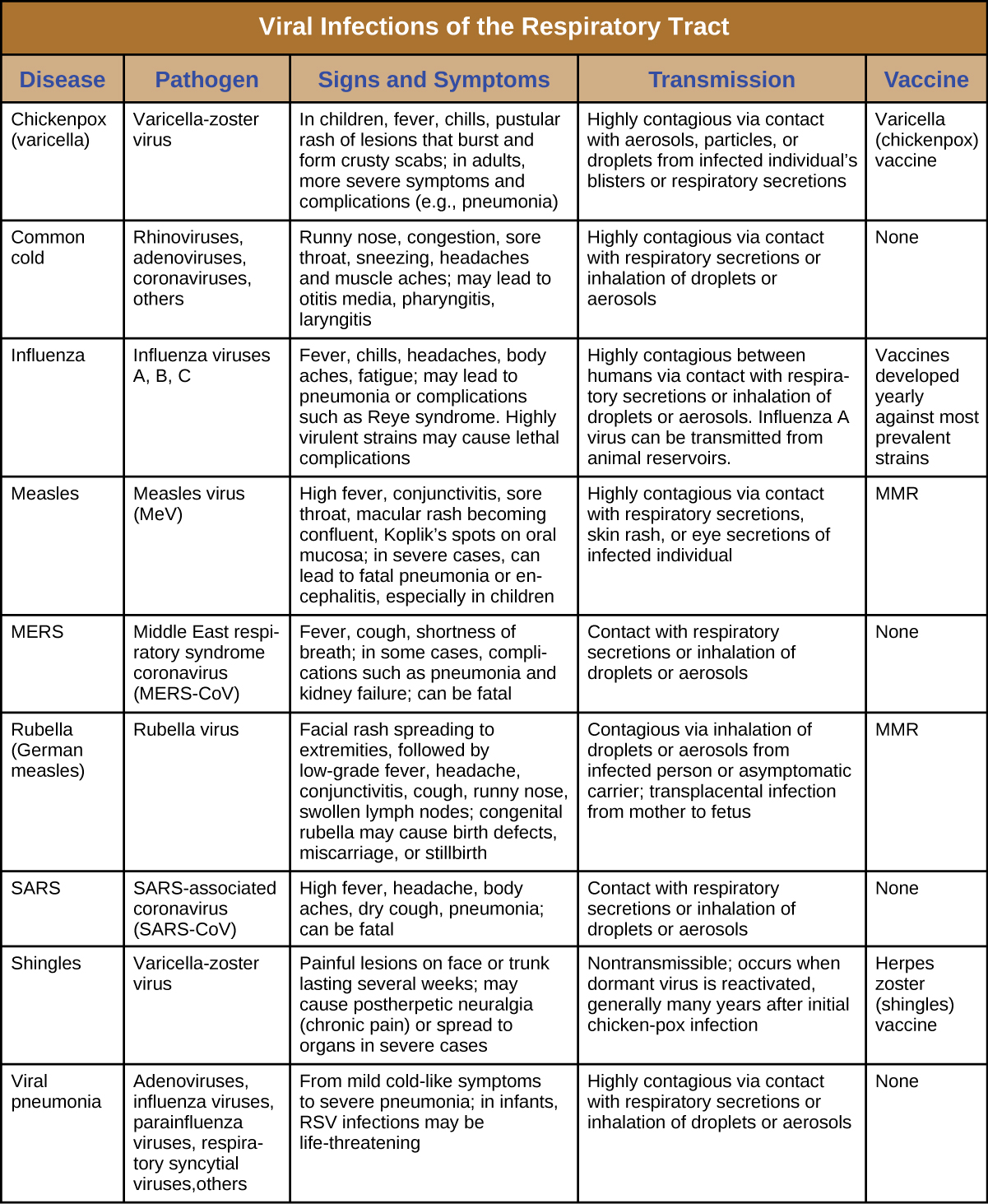 If possible, stay at home and rest.
If possible, stay at home and rest.
Drink more liquids . During an infection, the body loses fluid, so it is important to drink more water, natural juices, tea, and other liquids. This will help reduce the risk of dehydration and reduce symptoms.
- Take antipyretics and pain medication . Antipyretics help lower body temperature, and pain medications help reduce pain and relieve headaches and muscle aches.
- Take medication to relieve symptoms . Antihistamines can help with a runny nose and cough, while gastrointestinal symptoms can help with any stomach problems.
Follow hygiene rules . In order not to infect other people with the virus, you should follow the rules of hygiene. Wash your hands frequently, avoid touching your face unnecessarily, and cover your mouth when you cough or sneeze.
Treatment of a viral infection: basic methods
1. Prevention of a viral infection
The best way to deal with a viral infection is prevention. The first thing to do to prevent infection is to practice good personal hygiene.
The first thing to do to prevent infection is to practice good personal hygiene.
- Wash your hands before eating and after you get home.
- Avoid contact with sick people and isolate them if necessary.
- Use personal hygiene items such as toothbrushes, razors and towels.
2. Treating a viral infection
If you have already contracted a viral infection, you should follow these guidelines:
- Drink plenty of fluids to prevent dehydration.
- Rest and avoid exercise.
- Follow your doctor’s advice and take antiviral medications that can help fight the infection.
- Eat healthy foods and drink herbal teas to help boost your immune system.
3. Influenza: specific treatment
Influenza is a highly contagious viral infection caused by the influenza virus. Treatment for the flu includes antiviral medications that can help stop the virus from multiplying in the body.
Drug name Dosage Duration of treatment
| Oseltamivir (Tamiflu) | 75 mg twice daily | 5 days |
| Zanami vir (Relenza) | 10 mg instillation twice daily | 5 days |
| Peramivir (Rapivab) | 600 mg IM once daily | 1 day |
But do not forget that antiviral drugs are only effective when treated early.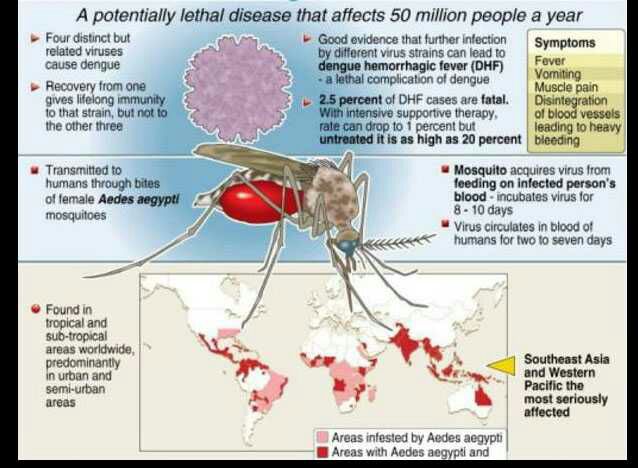
Antibiotics for viral infections: necessity and contraindications
Antibiotics are effective against bacterial infections, but they are powerless against viral infections. However, there is often a desire to take antibiotics for a runny nose, cough, and other symptoms of SARS. However, this is not only pointless, but can lead to serious health consequences.
Some people may have a contraindication to taking antibiotics, for example if they are allergic to certain drugs. Also, antibiotics are not recommended for pregnant women and children under 12 years of age. In these cases, it is better to consult a doctor and opt for safer treatments.
So, antibiotics are not a panacea for any colds. In most cases, viral infections can be cured without the help of antibiotics, preferring symptomatic treatment and maintaining the body’s immunity. However, if you have a real suspicion of a bacterial infection, it is best to see a doctor and get proper treatment.
What methods does traditional medicine use for viral infections?
Traditional medicine offers a range of methods to fight viral infections. The first and main method is to maintain immunity, which is weakened during illness. To do this, doctors recommend eating foods rich in vitamins and minerals. In addition, you can take special vitamin complexes and dietary supplements that will help maintain immunity.
The first and main method is to maintain immunity, which is weakened during illness. To do this, doctors recommend eating foods rich in vitamins and minerals. In addition, you can take special vitamin complexes and dietary supplements that will help maintain immunity.
More complex measures are applied if the disease does not go away on its own. In this case, antiviral drugs are prescribed that suppress the development of the virus. They include tablets, injections and aerosols.
Conventional medicine also recommends symptomatic relief for the patient. Antipyretic and pain medications can help manage fever and pain. Expectorant and analgesic syrups are aimed at combating coughs and sore throats.
- So, the most important thing is to maintain immunity by eating foods rich in vitamins.
- For more serious cases, antivirals may be used.
- Symptomatic remedies may be taken to alleviate the patient’s condition.
Complications that can be caused by a viral infection
A viral infection can lead to various complications, especially if not treated promptly. Some of them can be dangerous to human life and health.
Some of them can be dangerous to human life and health.
Complications caused by a viral infection are:
- Inflammation of the lungs (pneumonia)
- Meningitis (inflammation of the meninges)
- Encephalitis (inflammation of the brain)
- Glomerulonephritis (inflammation of the glomeruli of the kidneys)
900 05 Hepatitis (inflammation of the liver)
If you have complications caused by a viral infection, you should immediately consult a doctor. Fortunately, in most cases, complications can be prevented by timely and proper treatment of the underlying disease.
Examples of viral infections and their complications Viral infection Complications
| Influenza | Pneumonia, myocarditis, arthritis, chronic fatigue |
| Varicella 9 0246 | Neuromyelitis, pneumonia, encephalitis |
| Hepatitis A | Hepatitis B, Bormeester -Swannetzen-Brick Syndrome |
Tips for preventing viral infection
Proper nutrition and daily routine is one of the most effective methods of fighting a viral infection. It is recommended to consume more fresh fruits and vegetables rich in vitamins, and monitor compliance with the daily regimen. Clean hands also fight viruses.
It is recommended to consume more fresh fruits and vegetables rich in vitamins, and monitor compliance with the daily regimen. Clean hands also fight viruses.
Avoiding contact with people who are sick will also help you avoid catching a viral infection. If there is a sick person nearby, make sure they wear a mask and keep their distance.
Constant humidification and ventilation of the room – this should become a habit, especially during the period of infectious diseases. The ideal room temperature for the prevention of a viral infection is at least 22 degrees, and the relative humidity of the air should be at least 60%.
- Personal hygiene is quick and easy. Constantly clean your hands with an antiseptic, do not touch dirty surfaces, cover your mouth and nose with a handkerchief when coughing and sneezing, and do not forget to change your mask and towels often.
- Regularly taking measures to strengthen the immune system is one of the main factors that contributes to the fight against a viral infection.
 Prefer healthy foods, exercise regularly and conduct water procedures, strengthens the immune system and the body as a whole.
Prefer healthy foods, exercise regularly and conduct water procedures, strengthens the immune system and the body as a whole.
Remember that the prevention of viral infection is an integral part of every organism. Following the recommendations and rules of hygiene on a daily basis will help protect you from many infections and diseases.
Types of viral infections and their characteristics
Influenza:
Influenza is caused by the influenza virus, which is transmitted through air droplets. It affects the upper respiratory tract and can cause high fever, headache, and muscle pain. Influenza varies by type and subtype of virus. Symptoms may vary depending on the type of virus.
Hepatitis:
Hepatitis is an inflammation of the liver caused by the hepatitis virus. Hepatitis A, B, C, D, and E viruses can cause this disease. Hepatitis A and E are spread through contact with contaminated feces or water, while hepatitis B, C and D are spread through blood or other body fluids.
HIV:
HIV is the virus that causes AIDS. The virus is transmitted through the blood, semen, vaginal fluid, and breast milk of an infected person. HIV destroys the immune system, making people with HIV especially vulnerable to other infections and tumors.
Coronavirus:
Coronavirus causes respiratory illness associated with SARS symptoms such as cough, headache and fever. The novel coronavirus (COVID-19) was discovered in China at the end of 2019 and has quickly spread around the world. It is transmitted through airborne droplets and exhibits very rapid spread throughout the human population.
Herpes:
Herpes is a very common virus that causes inflammation of the skin and mucous membranes. Herpes simplex can affect the lips, nose, and eyes, while genital herpes is sexually transmitted and affects the genitals.
Ebola:
The Ebola virus causes hemorrhagic fever, which initially presents with flu-like symptoms but quickly progresses to pulmonary edema, liver and kidney damage, and cardiovascular problems. The virus is transmitted through contact with the blood, urine, feces, or other body fluids of infected animals or people.
The virus is transmitted through contact with the blood, urine, feces, or other body fluids of infected animals or people.
- Each viral infection has its own characteristics and symptoms;
- Different types of viral infections may require different treatment approaches;
- The most effective way to deal with many viral infections is prevention, such as frequent handwashing, correcting poor eating habits, using protective equipment when working in dirty conditions, etc.
Where to treat a viral infection?
Viral infections are common diseases that can cause serious complications, especially in immunocompromised people. When symptoms of a viral infection appear, people often wonder where it is better to be treated – in a hospital or at home?
However, if you do not have a high fever and feel well enough, you can be treated at home. In this case, you need to stay in bed, drink plenty of fluids and take medication prescribed by your doctor. It is important to know that home treatment is not suitable for everyone, especially if you are at risk for complications.
It is important to know that home treatment is not suitable for everyone, especially if you are at risk for complications.
In general, the choice of where to treat a viral infection depends on your health condition and risk of complications. It is best to consult a doctor and follow his recommendations.
Related videos:
Q&A:
What is a viral infection?
A viral infection is an illness caused by a virus. Viruses are microorganisms that can infect living organisms and cause various diseases.
How is a viral infection transmitted?
Viral infection can be transmitted through droplets, contact, food or water, blood, semen and other fluids. For example, influenza is transmitted by airborne droplets, hepatitis B and C through infected blood, HIV through contact with infected blood, semen or other fluids.
How does a viral infection manifest itself?
Manifestations of a viral infection depend on the type of virus and are aimed at the destruction of infected cells. Possible symptoms such as fever, cough, runny nose, headache, muscle and joint pain, diarrhea, vomiting, skin changes, etc.
What are the treatments for a viral infection?
In the treatment of a viral infection, antiviral drugs are used, which are aimed at destroying the virus in the body, as well as symptomatic agents that reduce the manifestations of the disease. It is important to understand that some viral infections may not have specific treatment, but only symptomatic support.
How can a viral infection be prevented?
Prevention of contracting a viral infection is possible, first of all, by observing personal hygiene: wash your hands, do not touch your face with dirty hands, cover your mouth and nose when coughing or sneezing, and avoid close contact with sick people.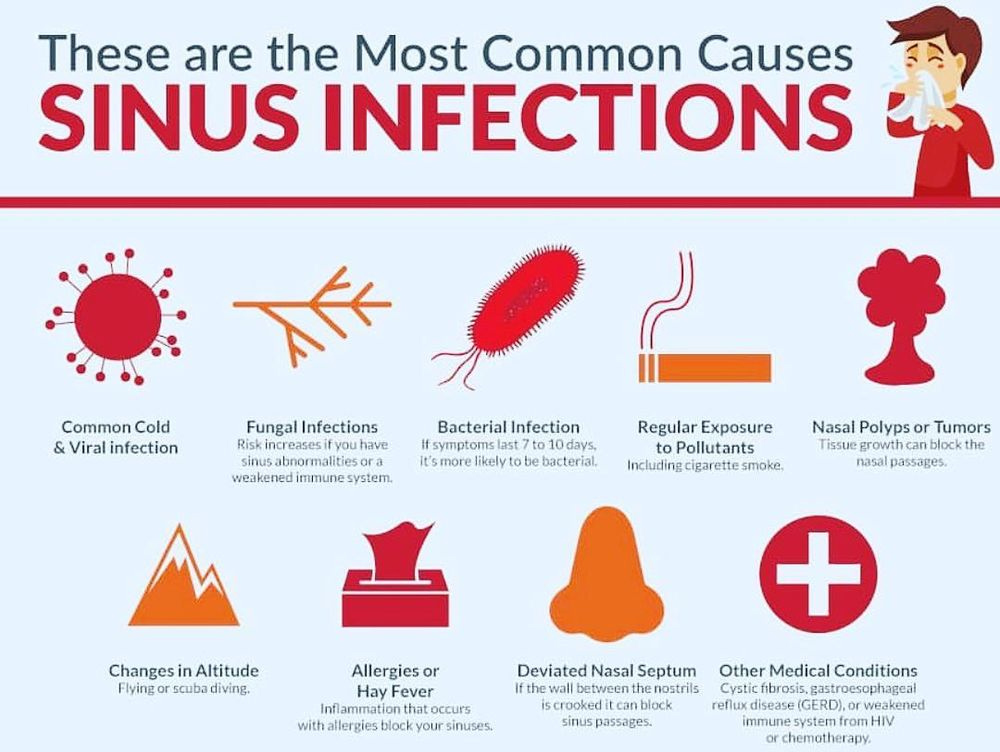 It is also recommended to get vaccinated against certain types of viral infections such as influenza, HPV, etc.
It is also recommended to get vaccinated against certain types of viral infections such as influenza, HPV, etc.
How quickly does a viral infection go away?
The time needed to recover from a viral infection depends on the type of virus, the general condition of the body and the correctness and timeliness of treatment. Usually, mild forms of the disease resolve within a few days or weeks, while severe forms can last several months or even years. Some types of viral infections, such as HIV and hepatitis C, are incurable and can last for a long time.
The most dangerous infectious diseases in summer
Summer is a time for sunbathing, vacations and outdoor activities. Unfortunately, the risk of contracting some infectious diseases increases in summer. With the start of the season, you need to learn about the most dangerous infectious diseases in the summer and how to minimize the chances of getting sick.
Influence of temperature and humidity
Researchers have determined that environmental factors – temperature and humidity – have a major influence on the spread of infections.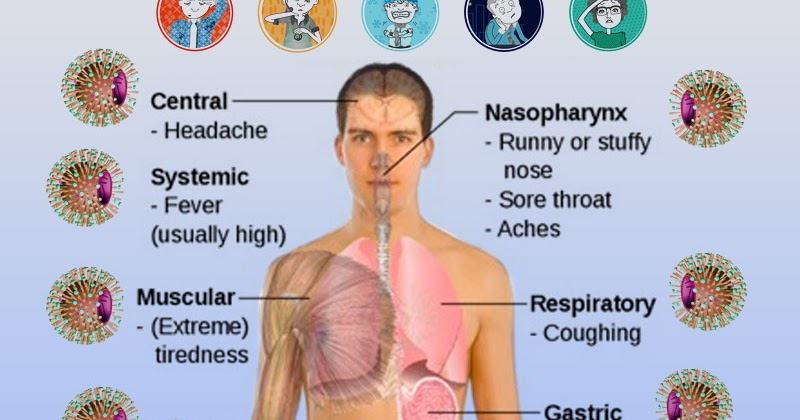 Certain bacteria and viruses thrive in warmer conditions, which is quite common in summer. For example, summer is a favorable time for diseases such as West Nile virus, Lyme disease, and rabies.
Certain bacteria and viruses thrive in warmer conditions, which is quite common in summer. For example, summer is a favorable time for diseases such as West Nile virus, Lyme disease, and rabies.
Most common summer infections
There are a number of infectious diseases that commonly flare up during the summer. The most common of these are viruses that can infect a wide variety of hosts. The most common illnesses are:
- Hepatitis A : This is an infection of the liver that causes jaundice, dark urine and vomiting. It is spread primarily by contact with contaminated food or water, most commonly by eating raw shellfish.
- West Nile virus : This is a mosquito-borne virus that can cause fever, confusion, neuromuscular disease and meningitis. The most common symptom is fever, which is usually accompanied by a headache.
- Lyme disease : This is an infection caused by ticks. It usually starts as a delayed allergic skin reaction with a bright red circle or bull’s-eye patch.
 If left untreated, Lyme disease can cause chronic inflammation and neurological and cardiac abnormalities.
If left untreated, Lyme disease can cause chronic inflammation and neurological and cardiac abnormalities. - Rabies : This is an infectious disease caused by a virus that enters the bloodstream through the bite of an infected animal. Symptoms of rabies include fever, agitation, confusion, and paralysis.
Prevention of these infectious diseases
Although the above infectious diseases can be serious, your chances of contracting them are greatly reduced if you follow a few simple steps.
- Cover exposed skin with clothing and repellant containing the active ingredient DEET to avoid nasty insect bites that can carry disease.
- Wash your hands thoroughly and frequently to prevent the spread of germs.
- Avoid raw or undercooked fish and meat as they may be contaminated with bacteria or virus particles.
- Stay away from animals, wild or domestic, that may carry diseases.
- Be aware of your surroundings and watch for signs of an outbreak.


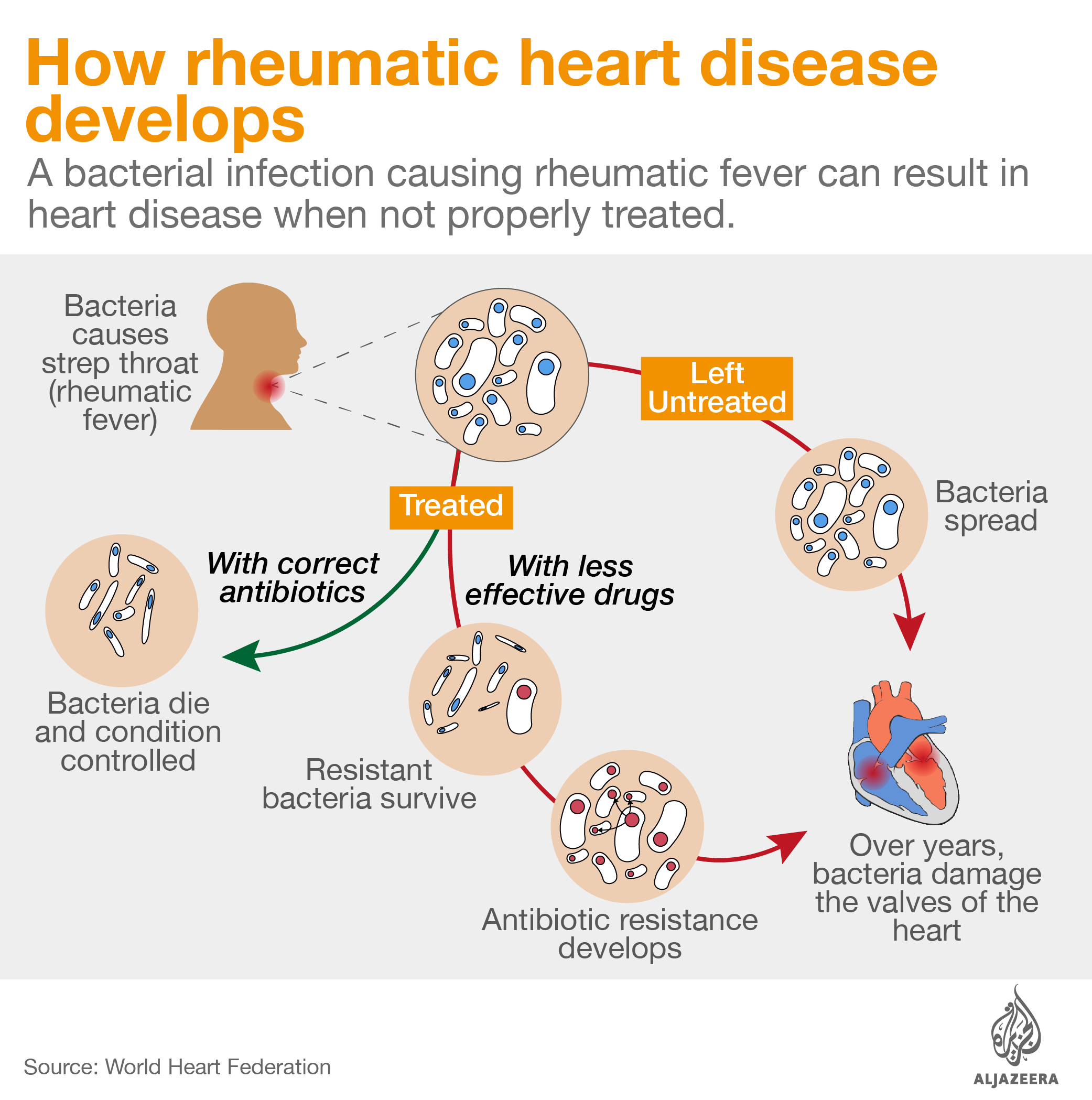

 It can greatly increase the risk of Reye’s syndrome, a rare but very serious condition.
It can greatly increase the risk of Reye’s syndrome, a rare but very serious condition.
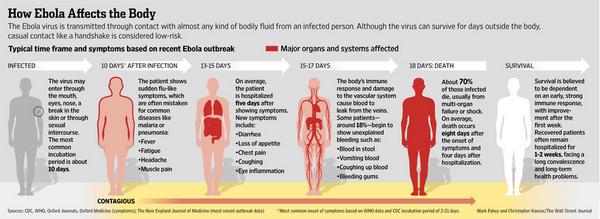 4 How a viral infection is diagnosed
4 How a viral infection is diagnosed 13 Related videos:
13 Related videos: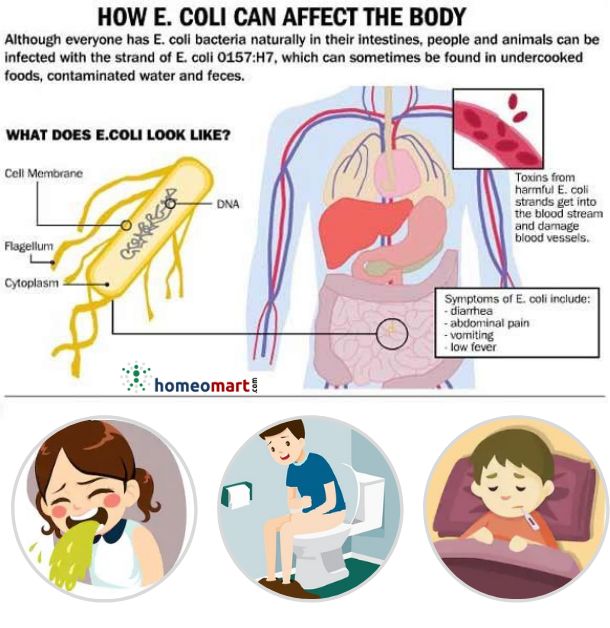 Prefer healthy foods, exercise regularly and conduct water procedures, strengthens the immune system and the body as a whole.
Prefer healthy foods, exercise regularly and conduct water procedures, strengthens the immune system and the body as a whole. If left untreated, Lyme disease can cause chronic inflammation and neurological and cardiac abnormalities.
If left untreated, Lyme disease can cause chronic inflammation and neurological and cardiac abnormalities.